Moscow, a city brimming with historical grandeur and cultural vibrancy, is also a formidable intellectual powerhouse. Its educational institutions, particularly its world-renowned universities, form a distinct and vital part of its urban fabric. For those with an interest in academia, research, or simply the pursuit of knowledge, Moscow’s University District offers a fascinating realm for exploration. This area, largely centered around iconic institutions, provides unique opportunities for academic tourism and insightful campus tours, revealing the profound role of higher education in the capital’s development and global standing.
The Historical Roots of Moscow’s Academia
The tradition of higher education in Moscow dates back centuries, but it gained significant momentum with the founding of Lomonosov Moscow State University (MSU) in 1755. Established by Mikhail Lomonosov, a polymath and key figure in Russian enlightenment, and Ivan Shuvalov, MSU quickly became the intellectual heart of the Russian Empire. Its initial campus was located in the city center, but its expansion necessitated new grounds.
The Soviet era brought a significant push for universal education and scientific advancement. Moscow became the undisputed center for higher learning in the USSR, attracting top students and scholars from across the vast country. This period saw the construction of numerous new institutes and expansion of existing ones, solidifying the city’s role as a beacon of academic excellence. Consequently, the concept of Moscow’s University District as a concentrated area of intellectual activity truly took shape.
Lomonosov Moscow State University: The Jewel of the District
The undisputed crown jewel of Moscow’s University District is the main campus of Lomonosov Moscow State University on Sparrow Hills (Vorobyovy Gory). The iconic Main Building, a towering Stalinist Empire-style skyscraper, is one of the famous “Seven Sisters” built in the post-war era. Completed in 1953, it stands as a colossal symbol of Soviet scientific ambition and architectural grandeur. Its central spire, ornate facades, and vast internal spaces house faculties, administrative offices, a museum, and even student dormitories.
A visit to the MSU campus offers a unique form of Moscow academic tourism. Visitors can marvel at the scale of the main building, explore its vast grounds, and enjoy panoramic views of the city from Sparrow Hills. While internal access might be restricted to certain areas for non-students, the sheer presence of this architectural and intellectual giant is awe-inspiring. Furthermore, the surrounding area is home to numerous other university buildings, research institutes, and student facilities, creating a truly immersive academic atmosphere.
Academic Tourism: Engaging with Moscow’s Intellectual Hubs
Academic tourism in Moscow extends beyond simply observing impressive university buildings. Many institutions offer specialized programs, lectures, and short courses open to the public or international visitors. Universities host international conferences and forums that attract scholars and professionals from around the globe. These events provide opportunities to engage with cutting-edge research and participate in intellectual discourse.
For instance, the Higher School of Economics (HSE), a relatively young but highly dynamic university, is known for its strong focus on economics, social sciences, and humanities. It frequently hosts public lectures, seminars, and open days, attracting both prospective students and general enthusiasts. Similarly, specialized institutes like the Moscow Institute of Physics and Technology (MIPT), though located outside the immediate “district,” contribute to Moscow’s broader academic allure, drawing those interested in specific scientific fields. These engagements allow visitors to experience the vibrant intellectual life firsthand. They showcase the innovative spirit inherent in Moscow higher education.
Campus Tours: Glimpsing Student Life
For prospective students or curious visitors, Moscow campus tours offer a valuable glimpse into student life and the learning environment. While not as formalized as in some Western universities, many universities organize “Open Days” or arrange individual tours upon request, particularly for international applicants. These tours typically cover key academic buildings, libraries, student dormitories, sports facilities, and recreational areas.
Exploring the MSU campus, for example, might include a walk through its vast park, a visit to the museum of Earth Sciences located within the Main Building, or a stroll around its various faculty buildings. Visitors can observe students rushing to classes, gathering in cafes, or relaxing in green spaces, getting a sense of the daily rhythm of university life. These tours are essential for understanding the unique blend of tradition and modernity that defines Moscow’s University District. They help prospective students envision their academic journey in the capital.
Specialized Institutions and Research Excellence
Beyond MSU and HSE, Moscow is home to a multitude of specialized academic institutions that contribute to its diverse educational landscape. The Moscow State Institute of International Relations (MGIMO) is renowned for its focus on international relations, diplomacy, and law, attracting students aspiring to careers on the global stage. The Bauman Moscow State Technical University (BMSTU) stands as a leading engineering university, with a rich history of contributing to Russia’s technological advancements.
Numerous research institutes affiliated with the Russian Academy of Sciences are also concentrated in and around Moscow. These institutes conduct cutting-edge research across various scientific disciplines, from physics and mathematics to biology and humanities. They represent the apex of Russian scientific thought. For researchers and academics, these centers offer collaboration opportunities. They also provide access to unique resources. This broad network of specialized institutions underscores the depth and breadth of intellectual Moscow.
The Student Vibe and Surrounding Amenities
The areas surrounding Moscow’s major universities pulse with a distinct student vibe. Bookstores, affordable cafes, budget-friendly eateries offering diverse cuisines, and vibrant nightlife spots cater to the student population. Near MSU, for instance, there are numerous parks and recreational areas popular with students. The “Universitet” metro station itself, with its deep and grand design, serves as a gateway to this academic world.
These districts are not just about education; they are lively communities. They offer a more local and authentic experience of Moscow. Engaging with students and faculty, even informally, can provide invaluable insights into contemporary Russian society and its intellectual currents. This makes exploring Moscow’s University District a rewarding experience. It provides more than just sightseeing.
In conclusion, Moscow’s University District offers a compelling dimension to the city’s allure. From the architectural marvels of its leading universities to the bustling student life and opportunities for academic engagement, it provides a unique form of tourism. For anyone interested in the profound impact of higher education, the pursuit of knowledge, or simply glimpsing the intellectual future of Russia, academic tourism Moscow provides an unparalleled opportunity to explore its vibrant and influential academic heart.

 Moscow’s University District: Academic Tourism and Campus Tours">
Moscow’s University District: Academic Tourism and Campus Tours">

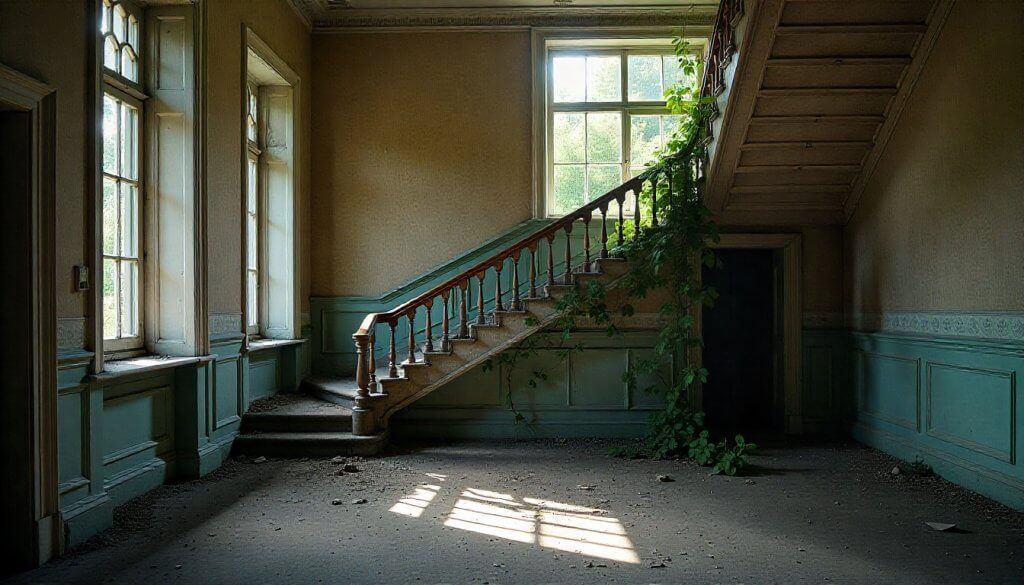 Abandoned Places Near Moscow: Urban Exploration Day Trips">
Abandoned Places Near Moscow: Urban Exploration Day Trips">
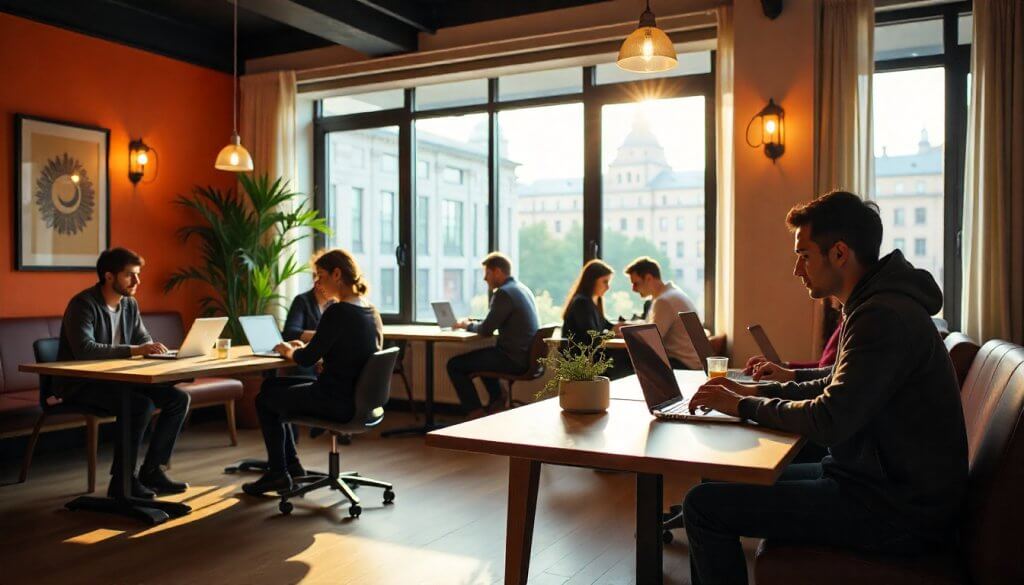 Moscow Pass for Digital Nomads: Co-working Spaces and WiFi Hotspots">
Moscow Pass for Digital Nomads: Co-working Spaces and WiFi Hotspots">
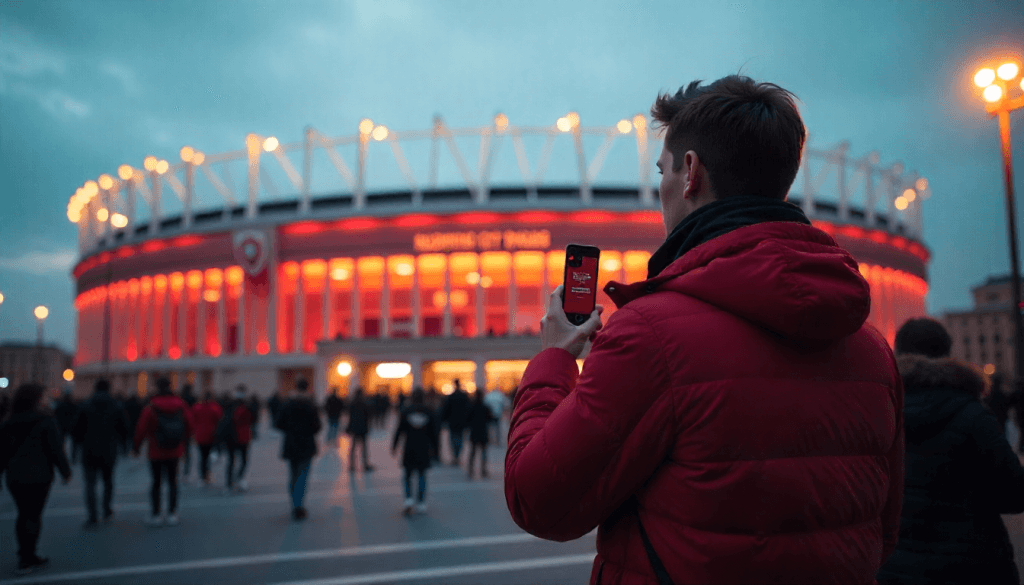 Moscow for Sports Fans: Stadiums, Teams, and Athletic Heritage in 2025">
Moscow for Sports Fans: Stadiums, Teams, and Athletic Heritage in 2025">
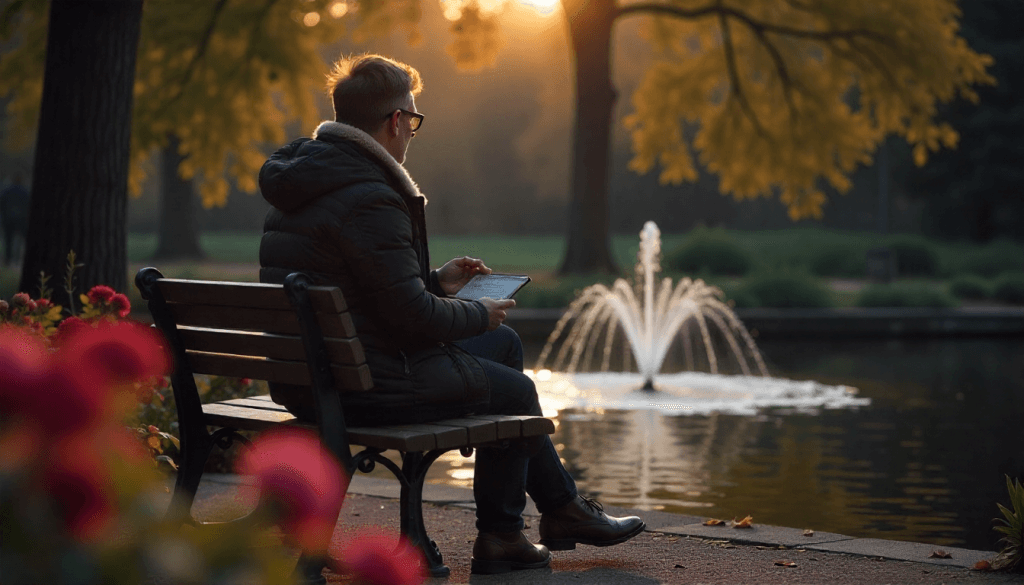 Secret Gardens and Hidden Parks: Moscow’s Green Oases in 2025">
Secret Gardens and Hidden Parks: Moscow’s Green Oases in 2025">
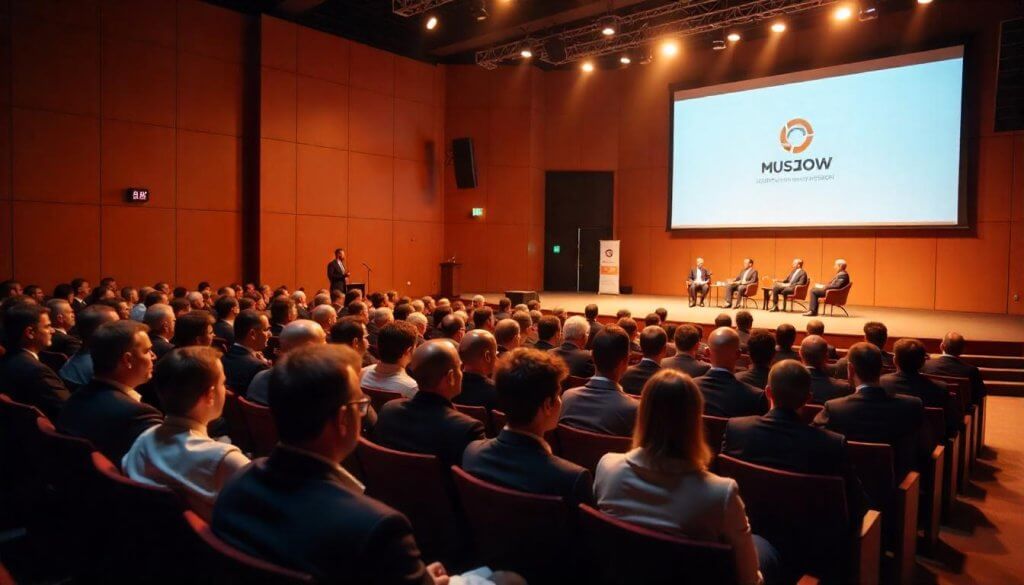 Business Travel in Moscow: Networking Events and Professional Attractions">
Business Travel in Moscow: Networking Events and Professional Attractions">
 Fashion Forward Moscow: Designer Districts and Style Hotspots">
Fashion Forward Moscow: Designer Districts and Style Hotspots">
 Moscow’s Startup Ecosystem: Tech Hubs and Innovation Centers">
Moscow’s Startup Ecosystem: Tech Hubs and Innovation Centers">
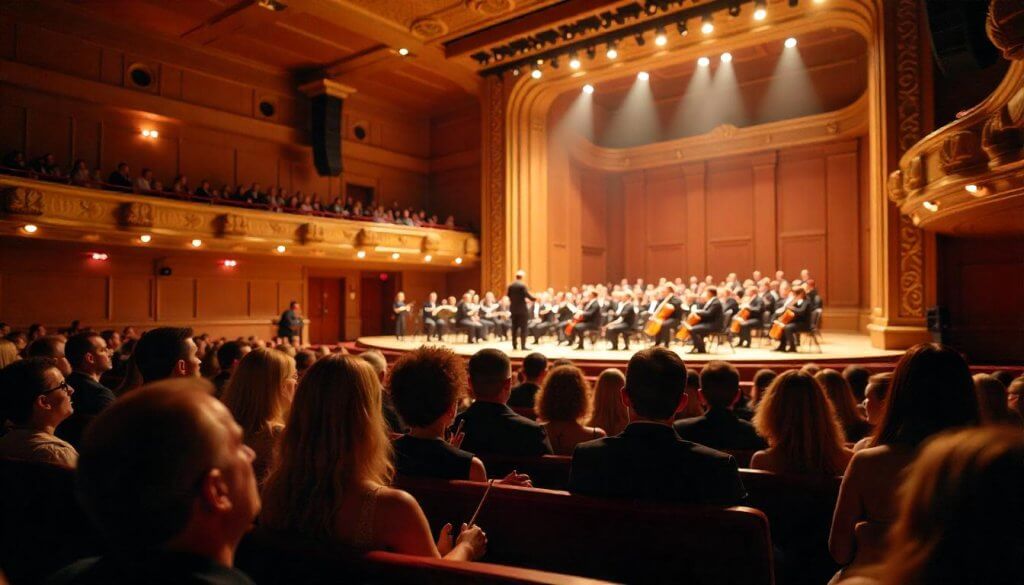 Moscow’s Music Scene: Concert Halls, Recording Studios, and Sound Tours">
Moscow’s Music Scene: Concert Halls, Recording Studios, and Sound Tours">
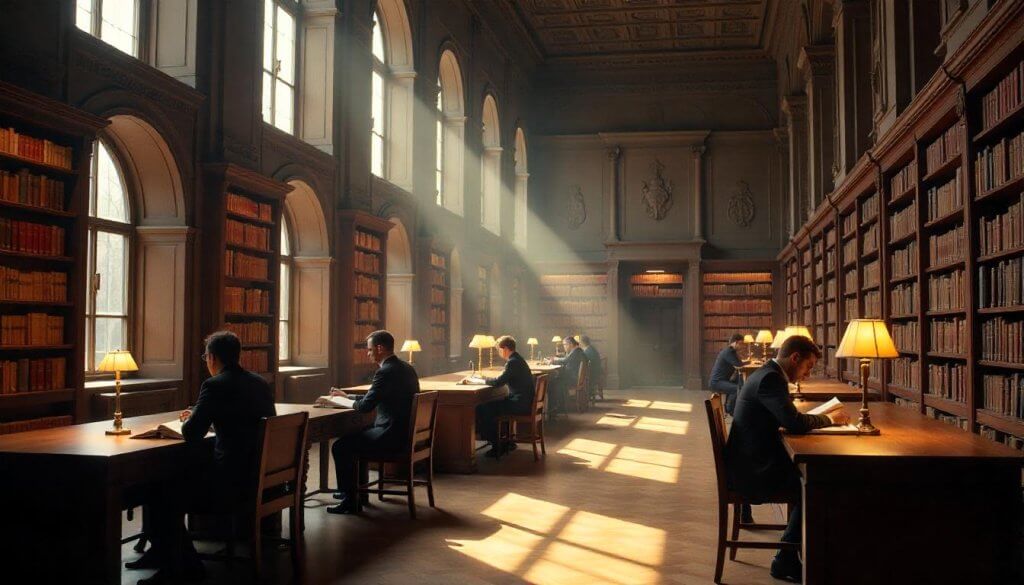 Moscow for Book Lovers: Libraries, Literary Sites, and Reading Spots">
Moscow for Book Lovers: Libraries, Literary Sites, and Reading Spots">
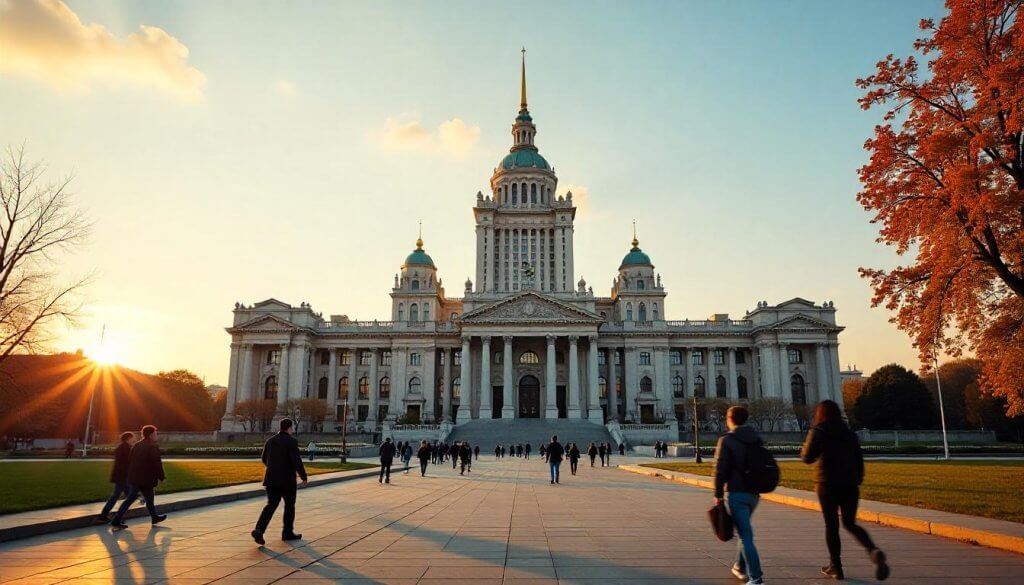 Soviet-Era Moscow: Communist Architecture and Historical Context">
Soviet-Era Moscow: Communist Architecture and Historical Context">